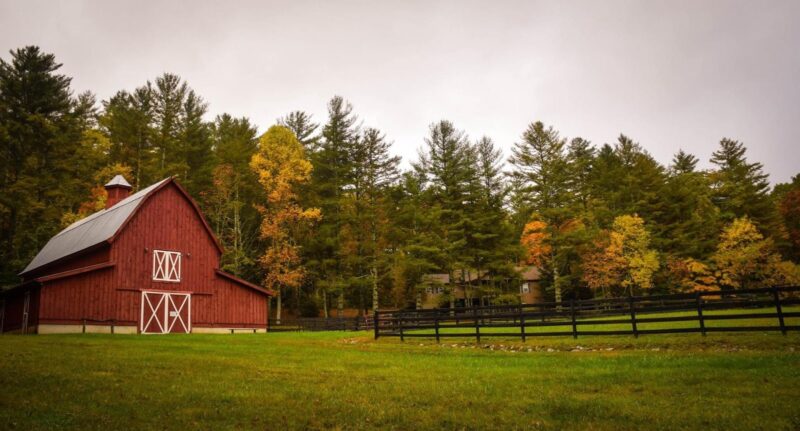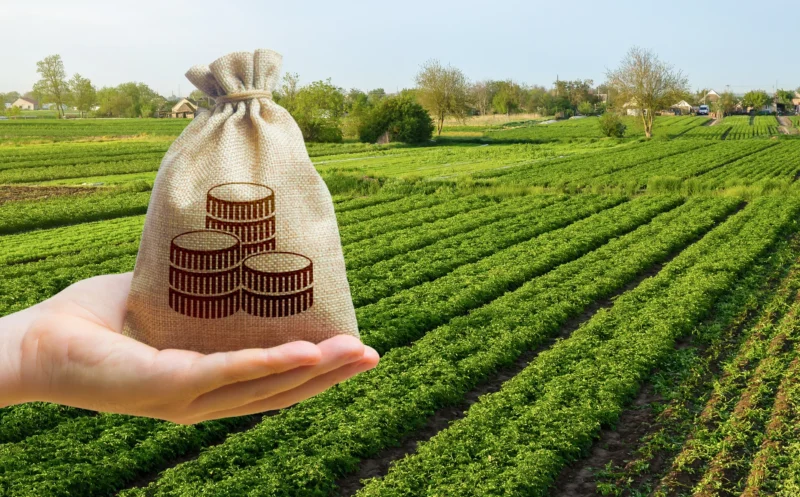Agricultural properties carry unique risks. From heavy machinery to livestock, there’s much to consider when looking for home insurance. Most property owners understand the importance of being insured but often overlook how they could save on their premiums.
With rising costs, learning how to keep insurance affordable is vital for those managing agricultural land.
Key Points
- Choose higher deductibles.
- Bundle policies when possible.
- Invest in safety measures.
- Consider specialized coverage options.
- Stay proactive with regular property updates.
Choose Higher Deductibles
Raising deductibles is a quick and effective way to reduce premium costs. Higher deductibles mean a larger out-of-pocket payment when a claim is filed, but the trade-off often results in noticeable savings on monthly or annual premiums. This approach works well for those confident in their ability to cover minor incidents themselves.
Bundle Policies for Maximum Discounts
A great method to save involves bundling multiple policies. By insuring vehicles, equipment, or even livestock with the same provider as the home, discounts often apply. Bundling packages reduces complexity and helps secure a better rate. Insurers reward clients who consolidate their needs, and in many cases, the savings can be substantial.
One way to approach this is through providers like Erie Mutual, which offers comprehensive options for farmers home insurance. This provider focuses on customer satisfaction and understanding of the unique risks agricultural property owners face.

Invest in Safety Measures
Insurance companies often lower premiums when safety measures are implemented on agricultural properties. Installing fire alarms, upgrading electrical wiring, or adding security cameras demonstrates proactive risk management. Safety investments can mitigate potential hazards, showing insurers that the property carries less risk. They reward responsible behavior by reducing the cost of coverage.
Many insurers also appreciate regular maintenance. Properties that show signs of consistent upkeep generally pose fewer risks. Keeping machinery and structures well-maintained demonstrates diligence and reduces the likelihood of claims. It’s a win-win for both property owners and insurance providers.
Consider Specialized Coverage Options
Not all insurance policies are the same. Some property owners mistakenly select standard home insurance policies, but agricultural properties often require specialized coverage. By choosing a policy that fits the specific needs of farming operations, owners can avoid paying for coverage that doesn’t apply. Tailored policies can cover everything from equipment breakdowns to livestock incidents, eliminating unnecessary costs.
It’s essential to review available policies thoroughly. For example, while some policies may seem comprehensive, they might lack coverage for crucial areas, leading to expensive claims down the road. Speak directly with an agent to ensure that everything is covered without overpaying.
Stay Proactive with Property Updates
Keeping detailed records of improvements or changes to a property is key when managing an agricultural home. Regular updates, such as upgrading irrigation systems or installing energy-efficient equipment, can contribute to lower premiums. Informing an insurer about these improvements can result in discounts that are often overlooked.
Also, staying proactive with property assessments is vital. Many agricultural owners wait for issues to arise before contacting an insurer, but keeping an updated inventory of everything on the land can help during renewal periods. Insurers appreciate clients who stay involved and informed about their property’s value.

Limit Unnecessary Coverage
Many property owners pay for coverage they don’t need. By reviewing policies annually, it’s possible to remove areas that no longer require protection. For example, if there are outdated structures or equipment no longer in use, informing the insurer and adjusting the policy can lead to lower costs.
Regular communication with the insurer can help ensure that the policy aligns with the current needs of the property. As changes occur, it’s crucial to adjust coverage accordingly. Insurers can offer guidance, but owners must be proactive about removing unnecessary items from their policy.
Compare Insurance Providers
Rates can vary significantly between providers. A simple but often overlooked step involves getting quotes from multiple insurance companies. Comparing rates every year or two ensures that property owners are getting the best deal. Providers often adjust pricing based on market trends, so staying informed helps avoid overpaying for coverage.
It’s essential to remain cautious when switching providers. While lower premiums may seem attractive, cheaper policies sometimes offer limited coverage. Always read the fine print to ensure there are no gaps in protection when considering new insurers.
Ask for Discounts
Insurance companies often have several discount options available, but they aren’t always advertised. Asking directly can uncover savings opportunities. Discounts can range from being a loyal customer to having a safe claims history. Often, just asking the right questions leads to significant savings.
Many insurers also offer savings for being a member of farming associations or local cooperatives. Check with your insurer to see what discounts apply.

Conclusion
Saving on insurance for agricultural properties involves strategy. Higher deductibles, bundling policies, and staying proactive with property updates are just some of the many ways to lower costs. Safety measures and specialized coverage also help. By regularly reviewing policies, asking for discounts, and comparing providers, property owners can save significantly over time.
Make sure to stay informed, review policies annually, and keep communication lines open with insurers. The right approach ensures comprehensive coverage without breaking the bank.


